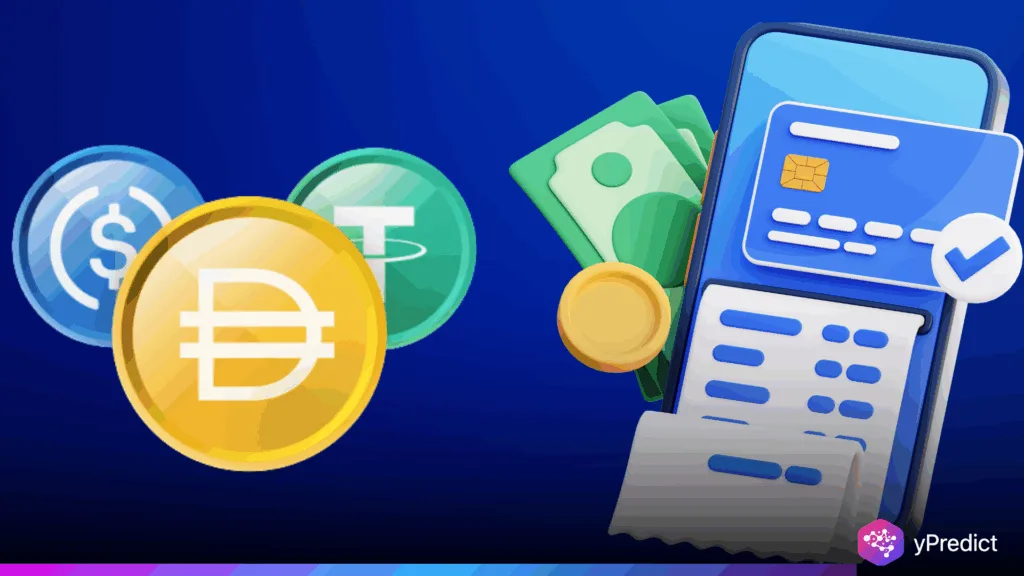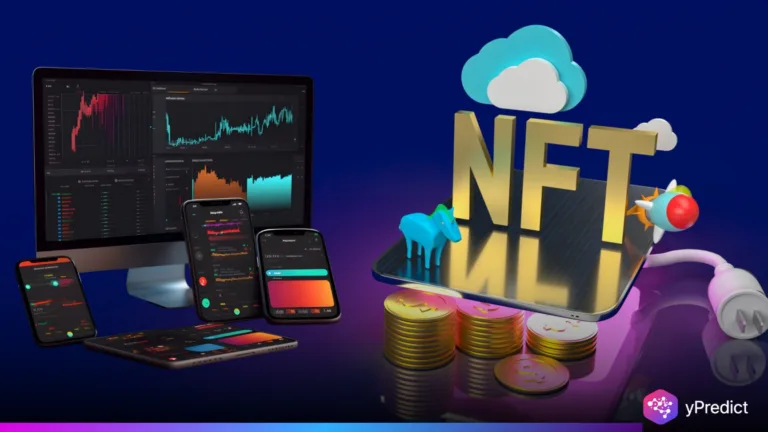
Through its Visa Direct platform, Visa is testing the usage of stablecoin for cross-border payments – a clear shift in transaction mechanisms for international payments. Payments and transfers involve correspondent banking, which can slow transfers and increase fees. Adding stablecoin enhances settlement of transfers, and Visa hopes to reduce usage of correspondent banking infrastructures.
This could potentially benefit institutions, remittance organizations, and businesses. Speedy global payments equal improved efficiency in managing capital, liquidity, and exposure to currency risk events. Visa’s action highlights its goals of converging blockchain technologies with banking to improve cross-border payments and transactions.
Visa’s testing of stablecoin payments with businesses also follows significant movement toward regulatory advancements in the largest markets, while banks and financial service providers support stablecoin payments as they are integrated with Visa Direct. Integration provides potential usage for stablecoins in foreign exchange and payments. This represents an emerging practice – combining or bridging traditional payments and finance practices with new blockchain-enabled approaches to solving issues, like speed of transfer and reliability in international payments, at reduced cost.
Understanding Stablecoin Cross-Border Payments
What Are Stablecoin Cross-Border Payments?
Stablecoins are digital assets that are linked to a fiat currency like USD, providing for a stable and predictable value for the owner. When tied to Visa Direct stablecoins can fund international payout transactions in seconds, skipping the long international banking times. Companies can fund their stablecoin wallet in advance, causing the payments to settle within minutes instead of the long days associated with traditional banking. In effect, businesses can move money internationally while still controlling their liquidity in their stablecoin wallets.
Who Gains the Most from This Integration?
Banks, fintechs, and remittance firms can increase operational efficiencies and lower costs by eliminating currency conversion. Multinational companies can pay payroll, suppliers, or cross-border settlements more efficiently. For foreign exchange (forex) operations, it reduces the foreign currency risks and provides settlement value in stablecoins.
How Does It Work in Real Time?
Businesses preload Visa Direct accounts with stablecoins, which are then converted to local currencies upon payout. Recipients receive funds quickly, and Visa manages the conversion process. This ensures instant global payments with minimal risk, offering a more predictable and cost-efficient alternative to traditional forex transfers.
Strategic Importance for Forex and Global Payments
Faster Liquidity and Operational Efficiency
The addition of stablecoins helps businesses streamline treasury functions. Funds are instantly available for cross-border transactions without delays and increased efficiency. This impacts forex workflows directly, as businesses no longer need to wait for the traditional banking clearing systems to make payments.
Predictable Settlement and Reduced Currency Risk
Stablecoins introduce a predictable settlement layer, reducing exposure to foreign currency volatility. Businesses can plan payments without worrying about an unexpected change in currency rate. Predictability is essential for multinational corporations conducting business in multiple currencies.
A Digital-First Approach to Global Transfers
Visa’s pilot is part of a larger trend to drive towards a digital-first financial infrastructure. By wiring blockchain-based stablecoins into the existing trusted Visa network, businesses achieve speed and transparency and decrease cost. This is an evolution for cross-border payments and foreign exchange-related money transfers and provides a path to broader acceptance of digital currencies in the financial ecosystem.
Future Outlook for Visa and Stablecoin Cross-Border Payments
Visa intends to extend this pilot in 2026 by introducing additional stablecoins and improved payout functions. Collaboration with fintech partners such as Rain could lead to cards for organizations and individuals tied to stablecoin wallets. These developments could help solidify stablecoins’ position in daily international payments, providing an easy ‘bridge’ between traditional forms of finance and digital finance.
The potential impact of this is very significant for forex markets. The combination of quick settlements and prefunding using stablecoins could change liquidity flows, reduce costs, and improve operational efficiency involved in global currencies payments. Visa’s pilot program could be the first step in changing cross border payments from a slow and costly process to a real time, digital first system.






